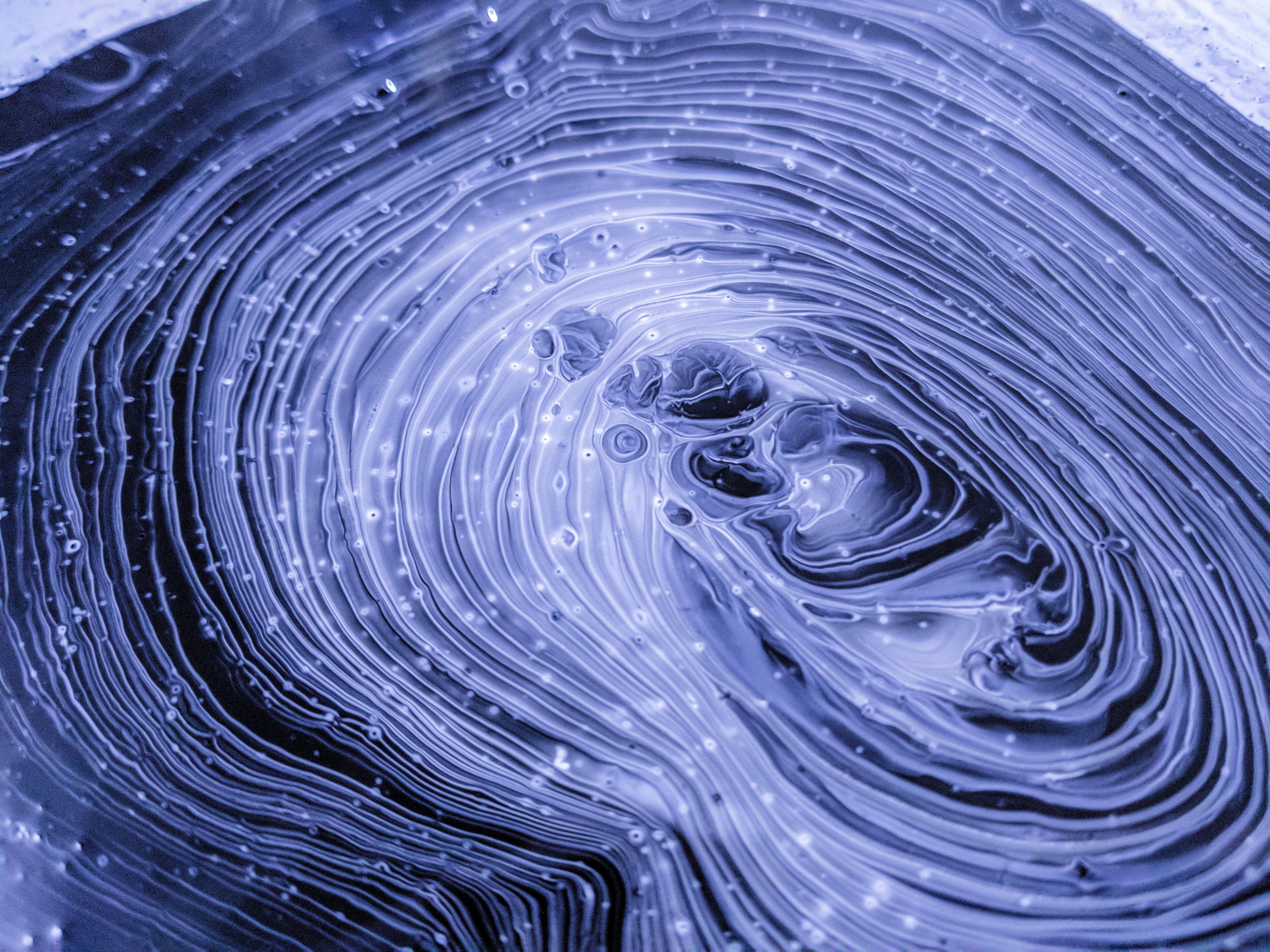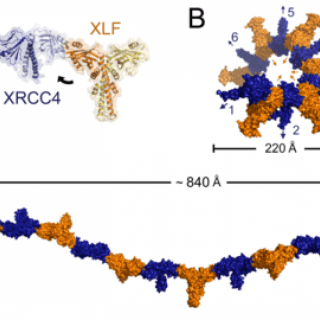Targeting NUPR1-dependent stress granules formation to induce synthetic lethality in Kras-driven tumors.
Santofimia-Castaño P, Fraunhoffer N, Liu X, Bessone IF, di Magliano MP, Audebert S, Camoin L, Estaras M, Brenière M, Modesti M, Lomberk G, Urrutia R, Soubeyran P, Neira JL, Iovanna J




